
The aim of our team is to highlight environmental risk factors implicated in IBD development or perpetuation.
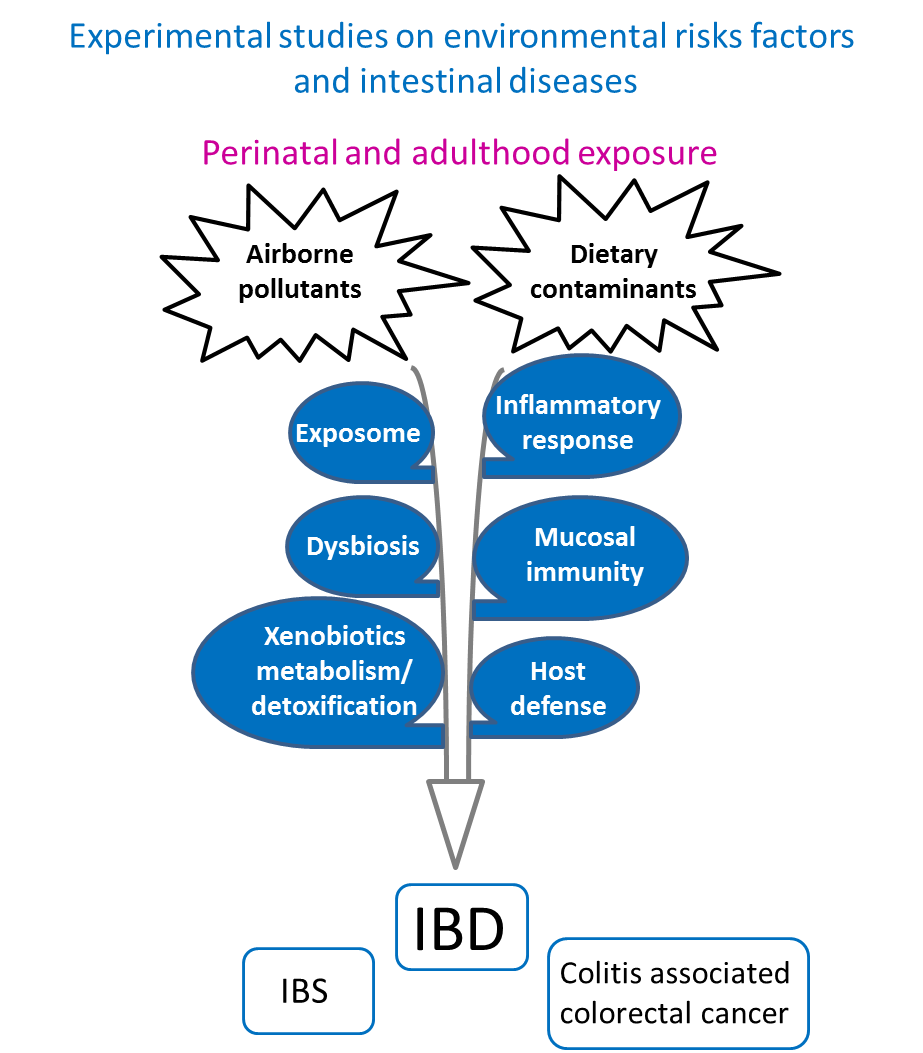
Research topics
|
We set up several mechanistic studies to link potential environmental risk factors to IBD development or perpetuation. We previously demonstrated that oral daily intake of aluminum at a concentration observed in food increased the severity as well as the duration of experimental colitis (Pineton de Chambrun, Mucosal Immunol, 2014). To go further, we performed a toxicological analysis of aluminum effect on human intestinal epithelial cells and showed that aluminum decreased cell viability through apoptosis and reactive oxygen species generation. Transcriptomic analysis argued in favour of pro-tumorigenic and pro-inflammatory effects on intestinal epithelial cells (Djouina et al., Food Chem Tox 2017). As aluminum was observed to increase intestinal permeability, we assessed its potential role in irritable bowel syndrome, an intestinal disorder with a leaky gut as a key feature. We demonstrated that low-doses of aluminum induced visceral hypersensitivity in rats and mice, and reproduced clinical and molecular features of IBS. Indeed, as observed in human, female animals were more sensitive than mice to aluminum, and mechanisms involved mast cells and the proteinase-activated receptor-2 activation (Esquerre et al., Cellular and Molecular Gastroenterology and Hepatology, 2018). We also demonstrated that aluminum exposure induced inflammatory cytokine secretion in colon of Crohn’s disease but not healthy patients. The patients bearing genetic polymorphism in MDR1 or SLC26A3 showed a higher susceptibility to aluminum-induced inflammation (Djouina et al. Sci of Total Environment 2022). Based on a bibliographic approach, we were interested in the mycotoxin deoxynivalenol (DON), a frequent contaminant of cereals and their by-products. Due to its toxic properties, high stability and prevalence, the presence of DON in the food chain could represent a major public health risk. However, despite its well-known acute toxicological effects, information on the adverse effects of realistic exposure remains limited. We showed that mice chronic oral exposure to human relevant doses of DON induced adaptive immune cells activation in the mesenteric lymph nodes, modification of inflammatory parameters in the colon and ileum and gut microbiota dysbiosis (Vignal et al., Archives of Toxicology, 2018). We demonstrated that DON exposure at same human realistic dosages worsened the development of indomethacin-induced enteritis and colitis-associated CRC in mice (Djouina et al. Sci of Total Environment 2023). Our findings suggest DON could promote the development of intestinal inflammatory diseases and colorectal cancer. Based on epidemiological results, reporting that exposure to air pollution may be associated with various gastrointestinal diseases including IBD, we aimed to determine the short-term effects of urban coarse particulate matter (PM) inhalation on colonic homeostasis in mice. As accumulating experimental evidence showed that immune responses in the pulmonary and intestinal mucosae are closely interrelated, and that gut-lung crosstalk controls pathophysiological processes such as responses to cigarette smoke and influenza virus infection, we also conducted the analysis on the pulmonary mucosa. We showed that exposure to urban coarse PM in a ventilated inhalation chamber for 15 days at a concentration relevant to episodic elevation peak of air pollution induced systemic oxidative stress, recruited immune cells to the lung, and increased cytokine levels in the lung and colon. We also demonstrated that PM-induced low-grade inflammation in the lung and colon is mediated by oxidative stress. Indeed, concomitant oral administration of the well-known antioxidant N-acetyl-L-cysteine reversed all the observed effects relative to the inhalation of coarse PM (Vignal et al., Particle and Fibre Toxicology, 2017). We studied the impact in offspring of maternal exposure to an atmosphere representative of a 2017 pollution event in Beijing. In utero exposure to simulated complex air pollution disturbs offspring gut maturation and microbiota during intestinal suckling-to-weaning transition in a sex-dependent manner (Guilloteau et al. Particle and Fibre Toxicology 2022). We also demonstrated that inhalation of the 4 most prevalent engineered nanoparticles found in the air, namely silver (Ag), titanium dioxide (TiO2), titanium (Ti), and silicon dioxide (SiO2), modulates gut inflammatory response and microbiota in mice (Guilloteau et al. Ecotoxicology and Environmental Safety 2022). Moreover, as polyethylene (PE) microplastics are found in human water, food and stool, we studied the effects of oral co-exposure to PE microplastics of 2 sizes in mice. We observed histomorphological alterations throughout the intestine, alteration of epithelial lineage, permeability, and inflammation biomarkers as well as immune cells, and impairment of cecum bacterial composition (Djouina et al. Environmental Research 2022). We also demonstrated that PE MP food contamination alters defense mechanisms and promotes lipid accumulation, low-grade inflammation, and cell proliferation in mouse liver. Dietary PE exposure worsened fibrogenesis in a model of CCl4-induced liver fibrosis (Djouina et al. Ecotoxicology and Environmental Safety 2023). |
Publications
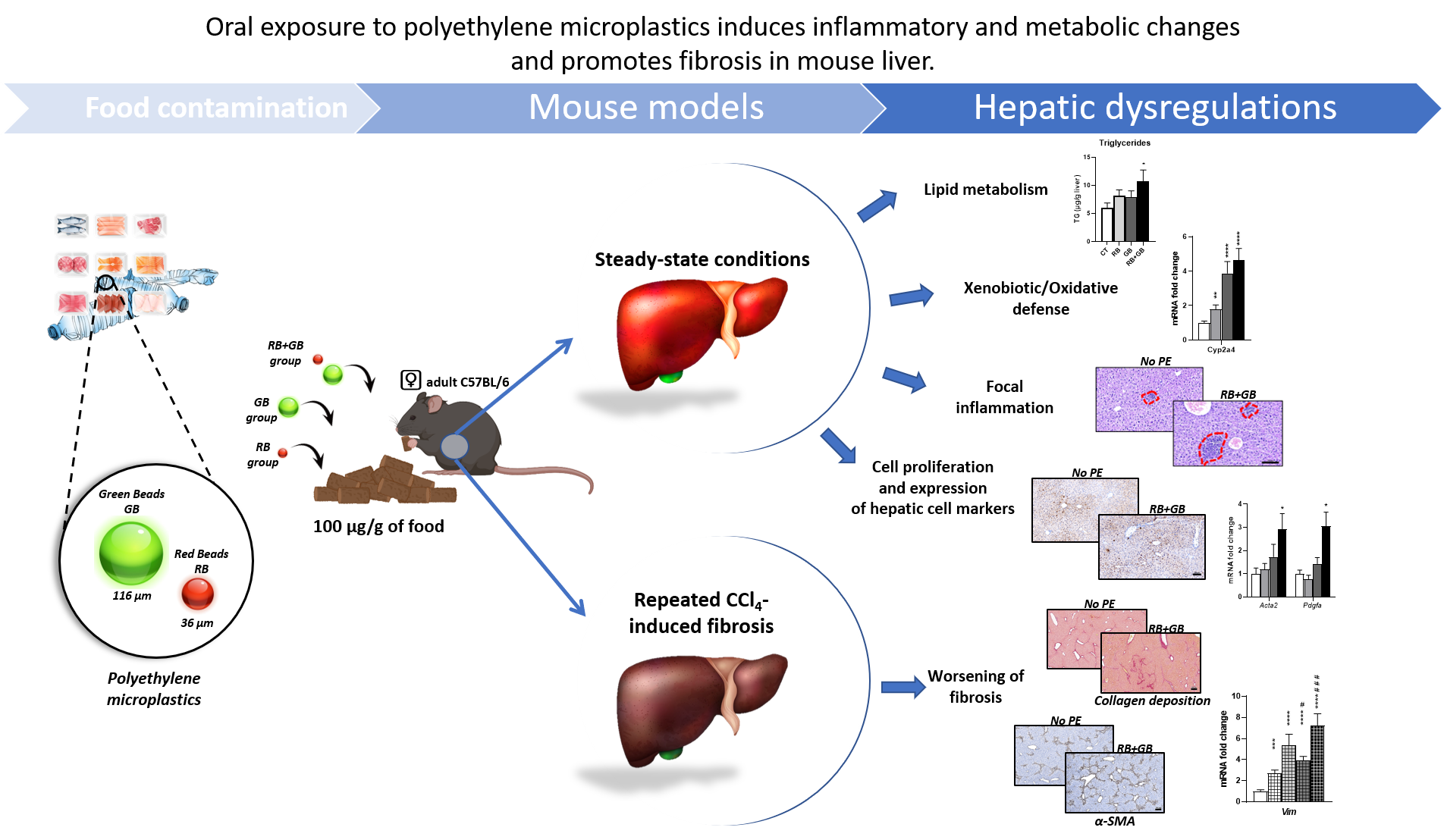 |
Oral exposure to polyethylene microplastics induces inflammatory and metabolic changes and promotes fibrosis in mouse liver |
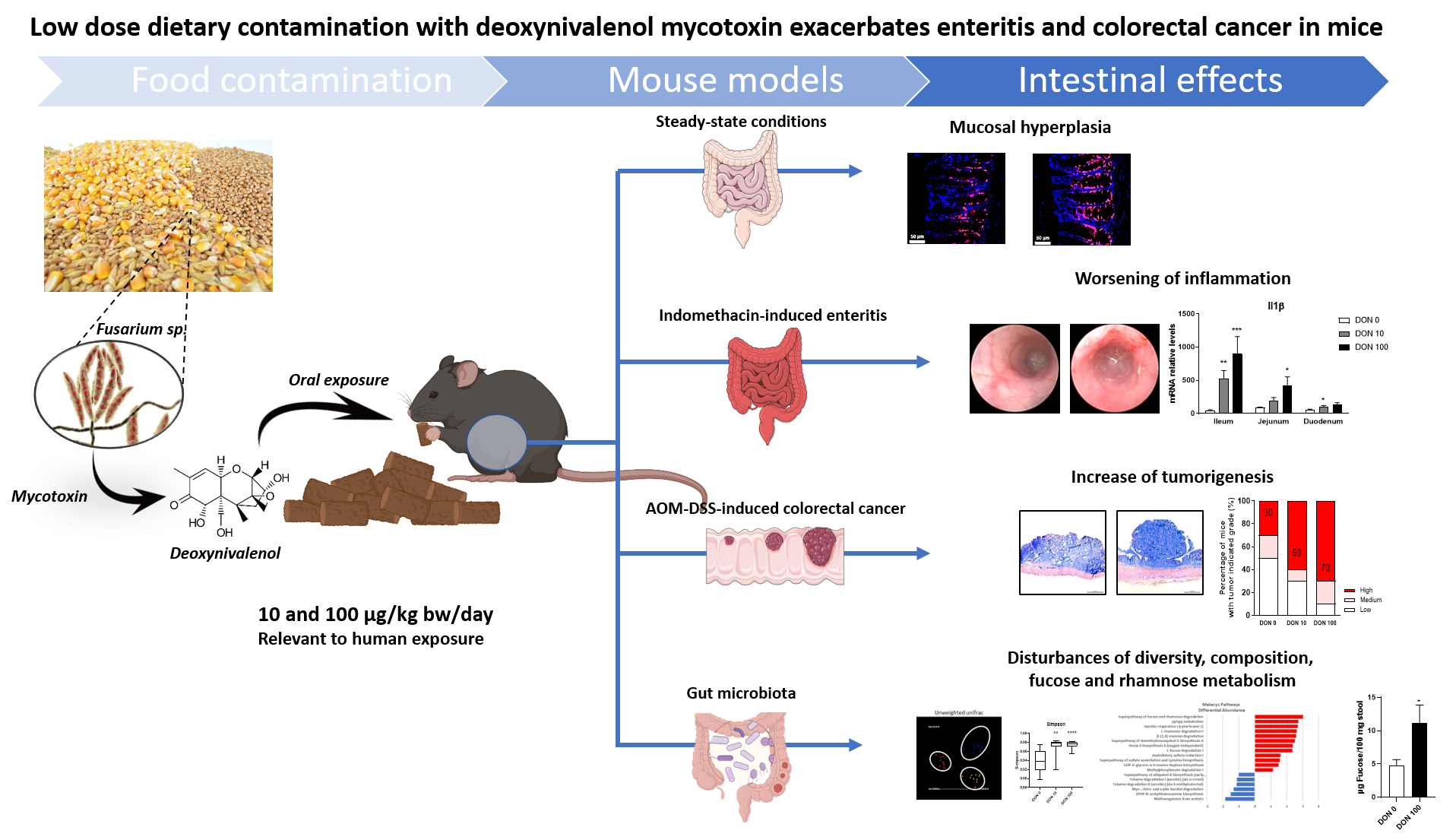 |
Low dose dietary contamination with deoxynivalenol mycotoxin exacerbates enteritis and colorectal cancer in mice |
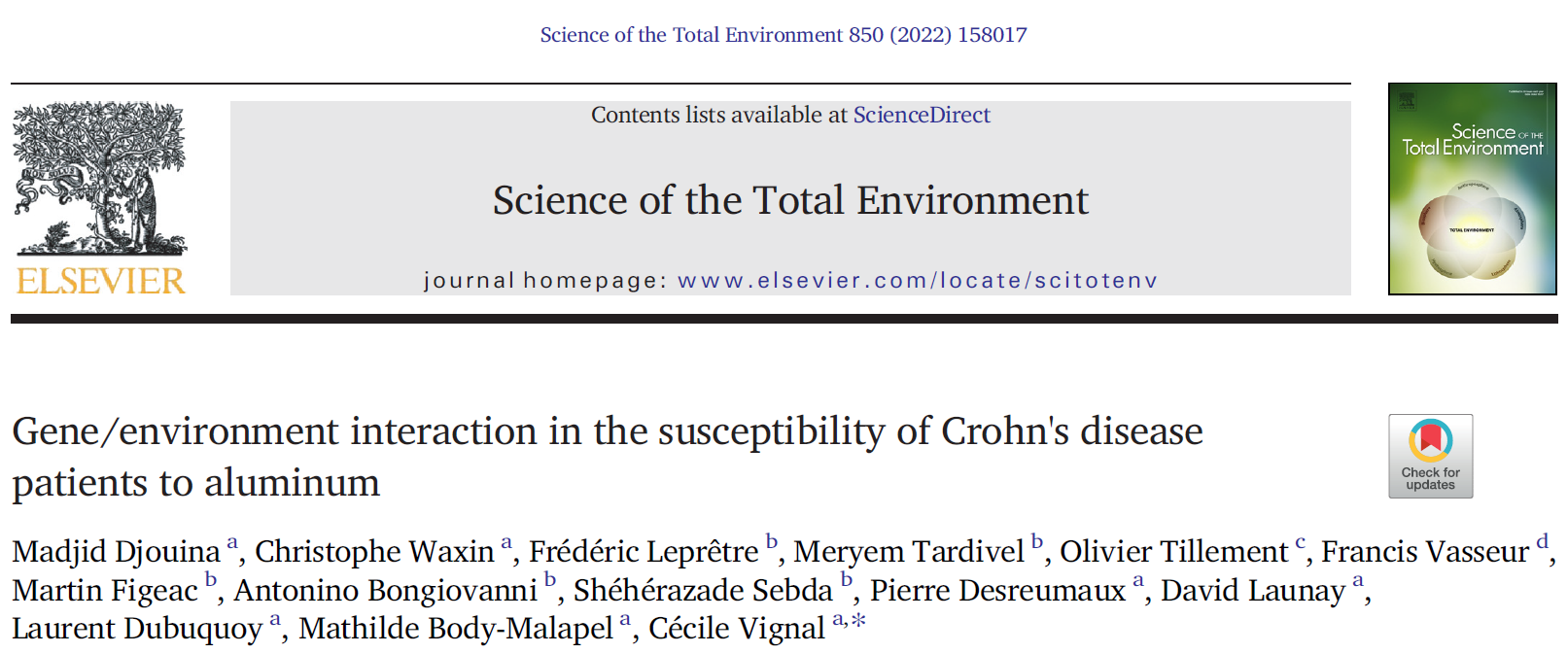 |
Gene/environment interaction in the susceptibility of Crohn's disease patients to aluminum |
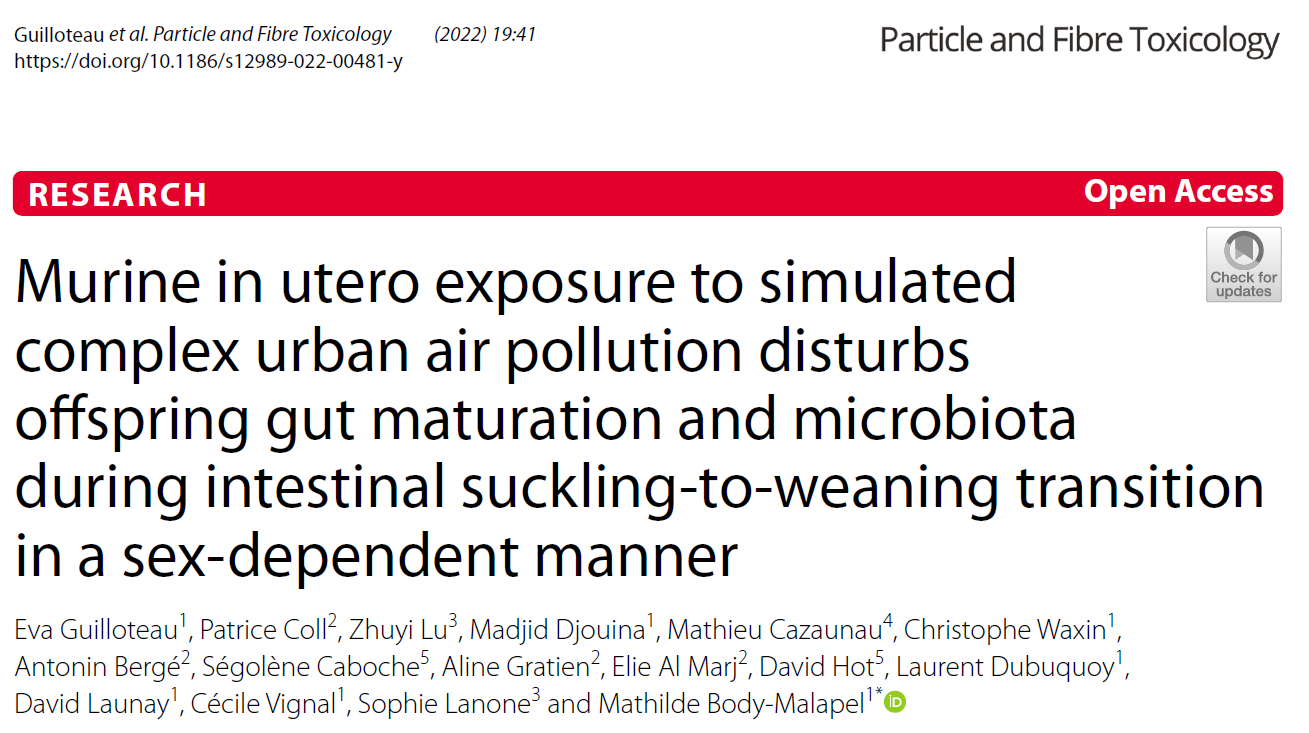 |
Murine in utero exposure to simulated complex urban air pollution disturbs offspring gut maturation and microbiota during intestinal suckling-to-weaning transition in a sex-dependent manner |
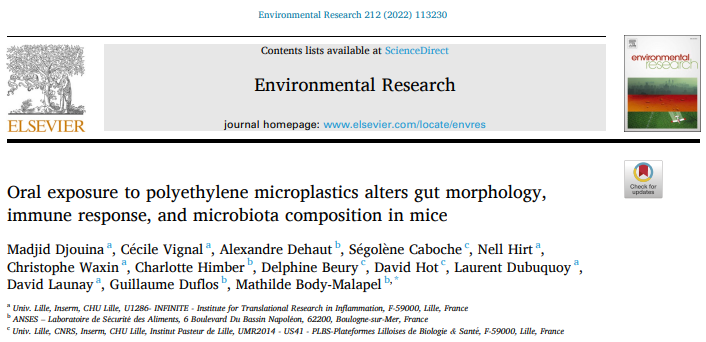 |
Exposure to polyethylene microplastics alters gut morphology, immune response, and microbiota composition in mice |
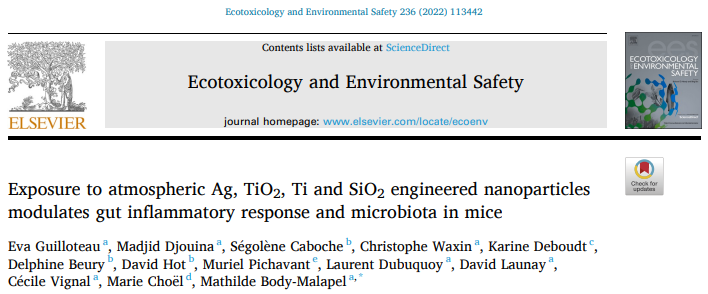 |
Exposure to atmospheric Ag, TiO2, Ti and SiO2 engineered nanoparticles modulates gut inflammatory response and microbiota |
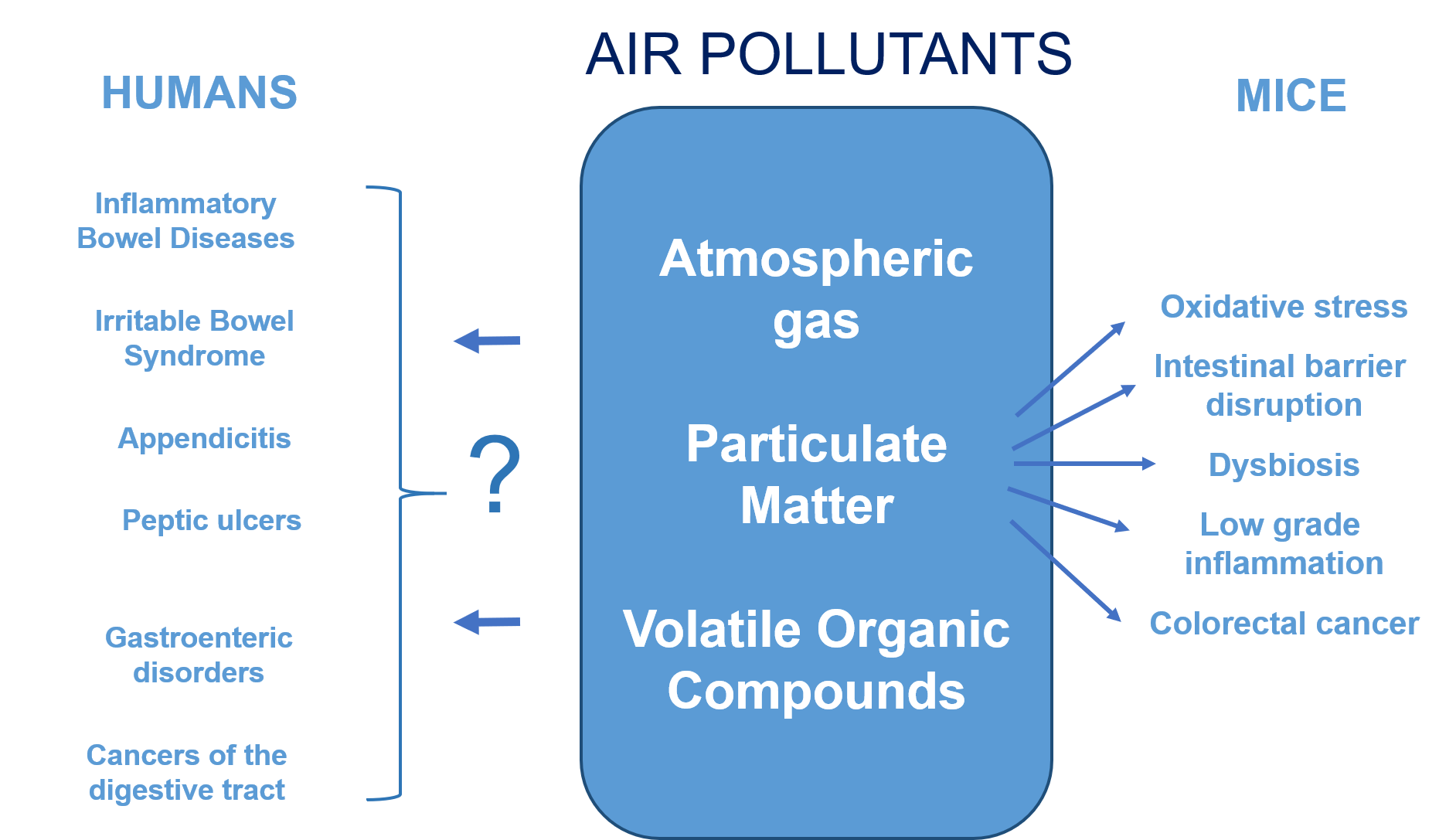 |
Review article: Epidemiological and animal evidence for the role of air pollution in intestinal diseases |
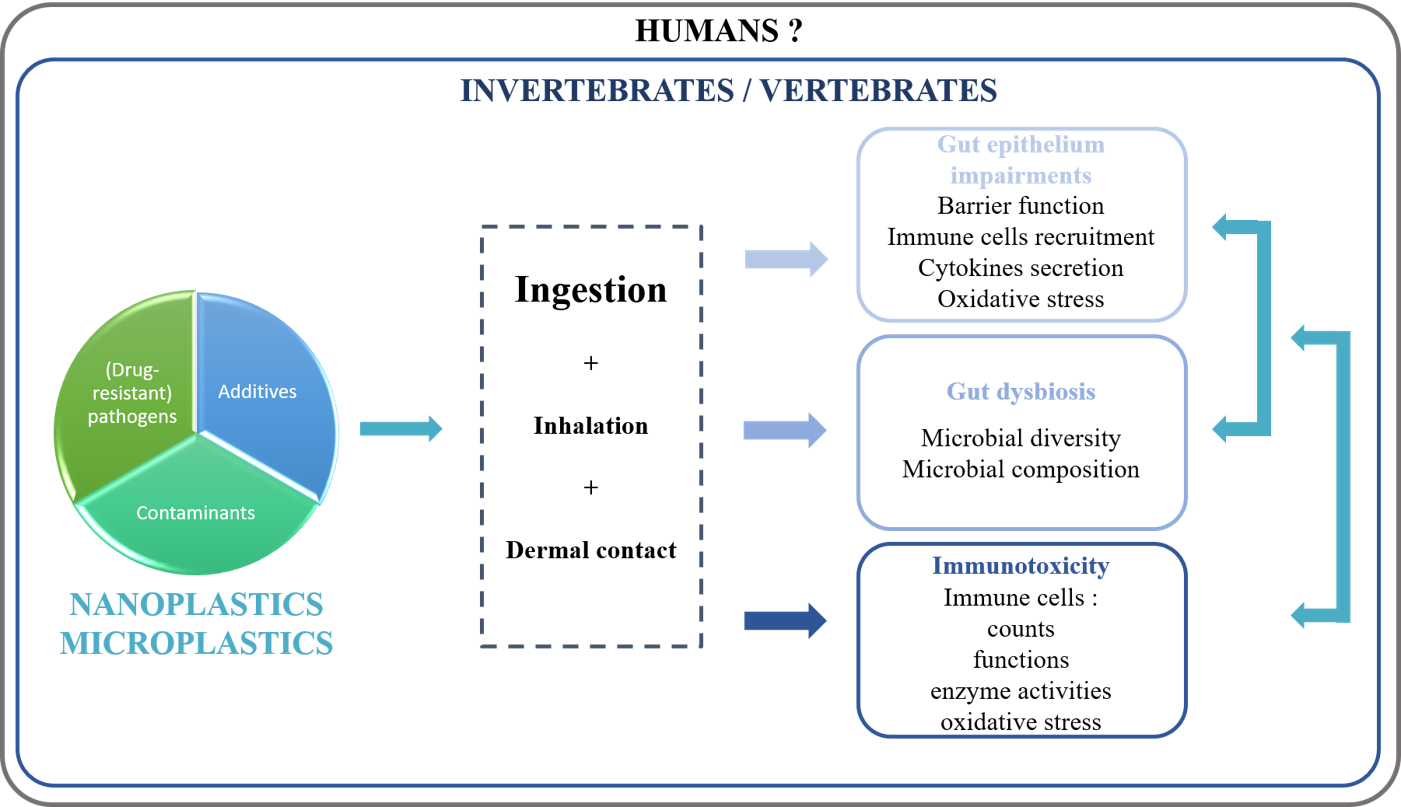 |
Immunotoxicity and intestinal effects of nano- and microplastics: a review of the literature |
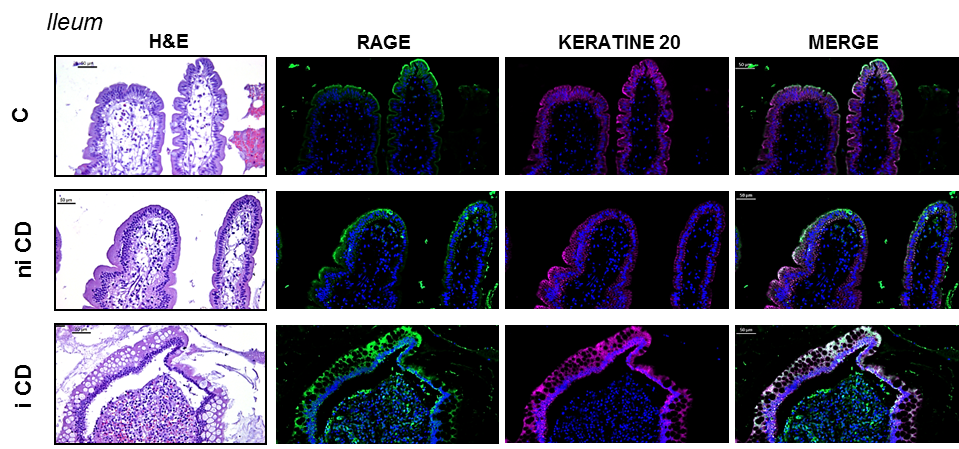 |
The RAGE signaling pathway is involved in intestinal inflammation and represents a promising therapeutic target for Inflammatory Bowel Diseases |
 |
Aluminum ingestion promotes colorectal hypersensitivity in rodents |
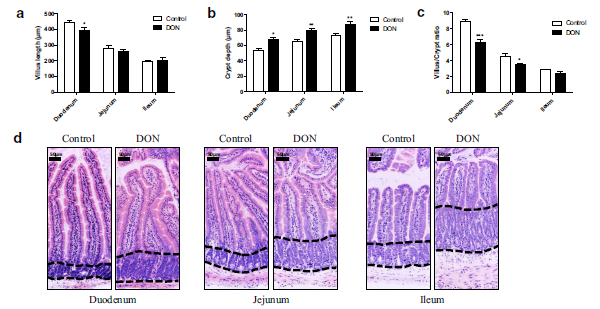 |
Chronic ingestion of deoxynivalenol at human dietary levels impairs intestinal homeostasis and gut microbiota in mice |
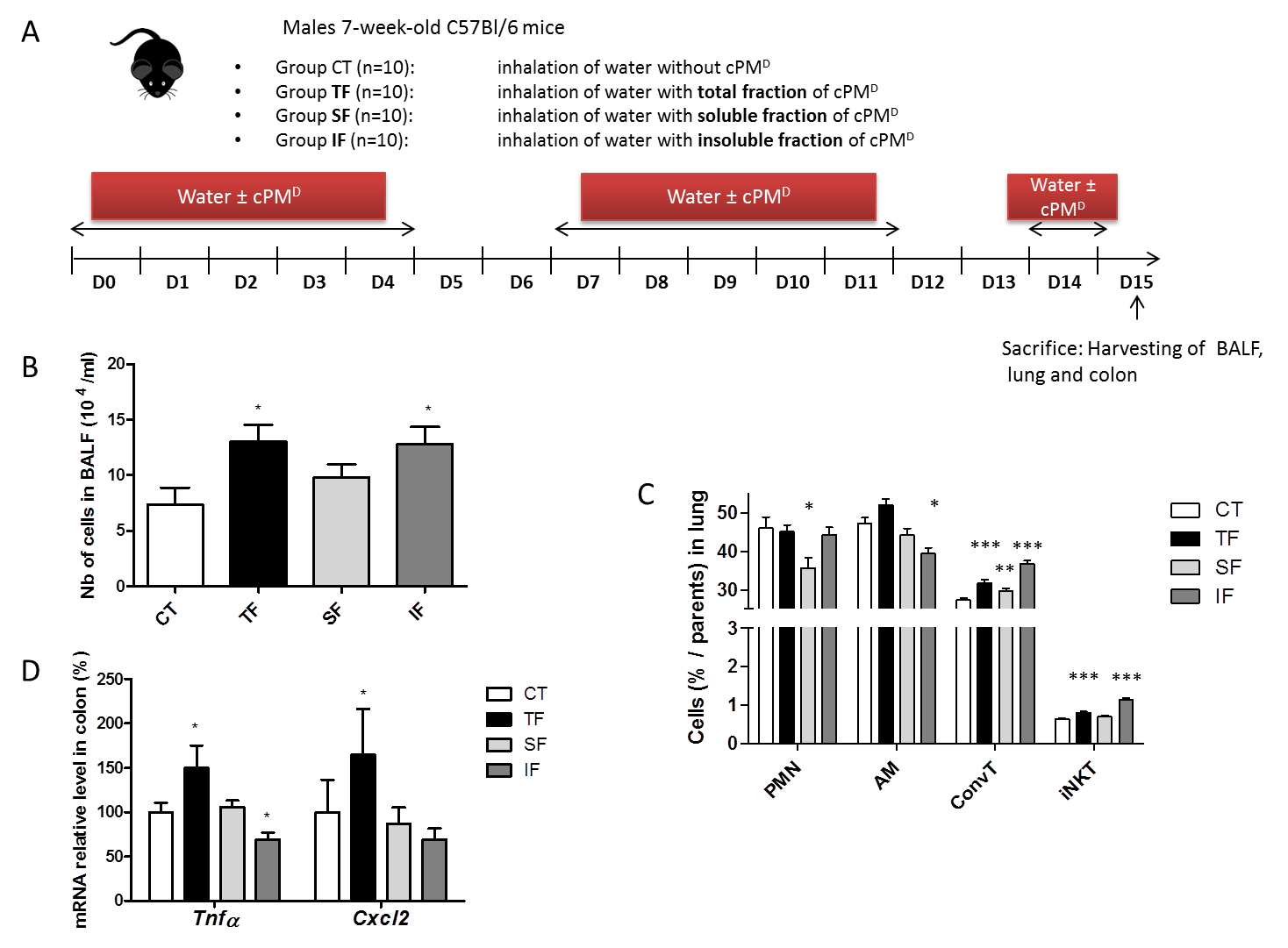 |
Effects of urban coarse particles inhalation on oxidative and inflammatory parameters in the mouse lung and colon |